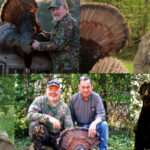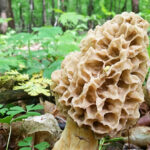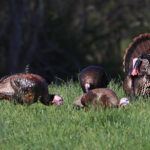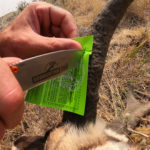Shed season is here, and shed hunters are locating that white gold and raking it in. Are you? If not, maybe it’s time to realize how hunting apps can make you a better shed hunter. Here are 15 ways that’s true.
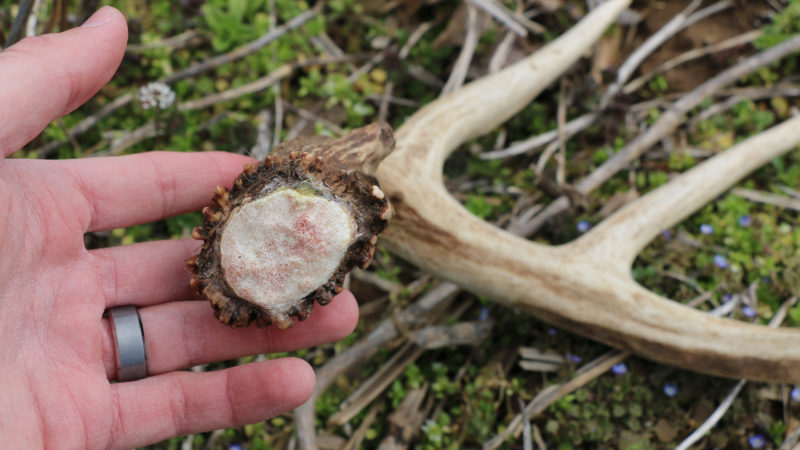
- Creating the Proper Property Order
Over time, deer hunters learn that bucks tend to shed slightly earlier, or later depending, on the property. Oftentimes, this is linked to habitat quality, nutritional availability, and more. Keeping notes of typical shed times in HuntStand can help you decide what order to search properties for shed antlers.
- Keeping an Eye on Trail Cameras
HuntStand can now automatically import your Stealth Cam and Muddy cell cam photos into the HuntStand app. Not only can it do that, but it can also import respective photos into your associated trail camera pins. This way, you know where each photo was taken.
- Getting the Timing Just Right
By monitoring your historical antler drop date notes, and trail camera photos coming into HuntStand real-time, it’s never been more possible to get the timing just right. Because as we all know, shed hunting too soon pushes bucks onto neighboring properties to drop antlers. Shed hunting too late allows other people and critters to find antlers first.
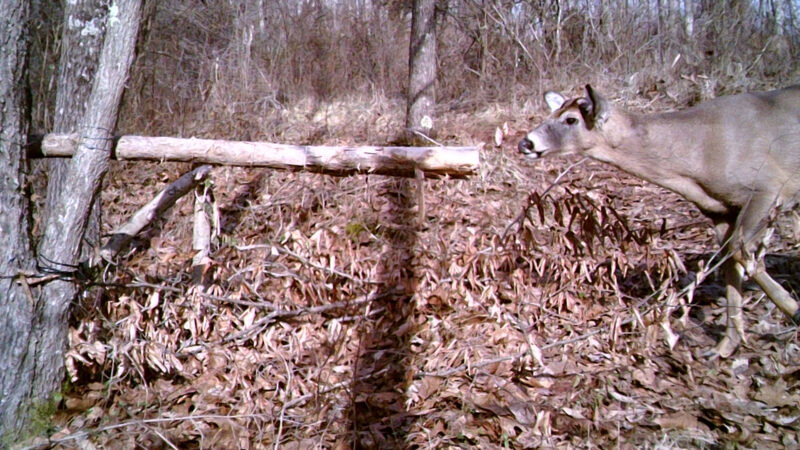
- Reflecting on Past Finds
As noted, your hunt app is excellent for reflecting on past finds. But this tool is only as good as your recording tendencies. You can’t review it if you don’t log it.
- Checking the Weather
Thanks to a handy weather tool in the HuntStand app, you can monitor whether it’s going to be rainy, windy, sunny, etc. Of course, overcast skies with misting rain (but no wind) offer the best conditions for spotting sheds. It really makes those things shine without competing shadows from direct sunlight.
- Using the “Trace Path” Feature to Monitor Covered Ground
It’s easy to miss areas when shed hunting. It’s also simple to check areas twice. The latter isn’t necessarily bad, especially in target-rich areas. But the former can lead to missed sheds. Fortunately, the “Trace Path” feature in hunting apps can show where you have and haven’t been.
Read more on what you can learn from shed antlers HERE
- Gridding Off the Property into Sections
Rather than attempting to shed hunt an entire property at once, it’s best to shed hunt a property in different sections. Once a section is finished, move on to another one. This ensure each one is observed as best as it can be.
- Getting a Look at the Right Slopes (South-Facing Solar Cover)
Wintertime deer tend to spend more time on south-facing slopes. Generally, when adequate bedding habitat is present on these slopes, we call it solar cover. This is because these receive more sunlight in winter. HuntStand can help find these slopes.
- Finding the Thermal Cover (Dense Stand of Coniferous Trees)
Likewise, in winter, deer also target dense stands of coniferous trees, such as cedars, spruces, and pines. We refer to these as thermal cover, as these help shield deer from wind, rain, snow, etc. Temperatures also tend to be a few degrees warmer within thermal cover.
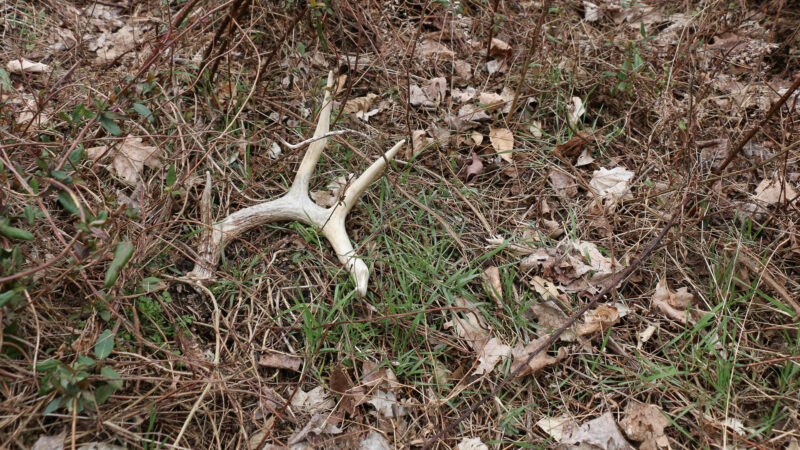
- Locating the Bedding Areas
Your hunting app should offer many different layers, including those that are ideal for spotting potential bedding areas. This is good, too, because a significant percentage of shed antlers are likely to be close to where bucks bed during daylight hours.
- Finding the Food Sources
Likewise, certain hunt app layers help locate potential food sources. This is helpful because a significant percentage of food sources hold sheds, too. Use the app to identify crop fields, potential oaks, early successional woody browse, and more.
- Dropping Pins on Isolated Water Sources
While fewer sheds are found near water sources, enough of these are that it makes water worth checking. Deer visit water often, and they are quite nervous around water. Thus, they raise and lower their head, and even startle and jerk and jump, quite often. Ponds, shallow creeks, creek and river crossings, water holes, and more, are ideal areas. I’ve even found sheds lying along the water’s edge, or just inside it.
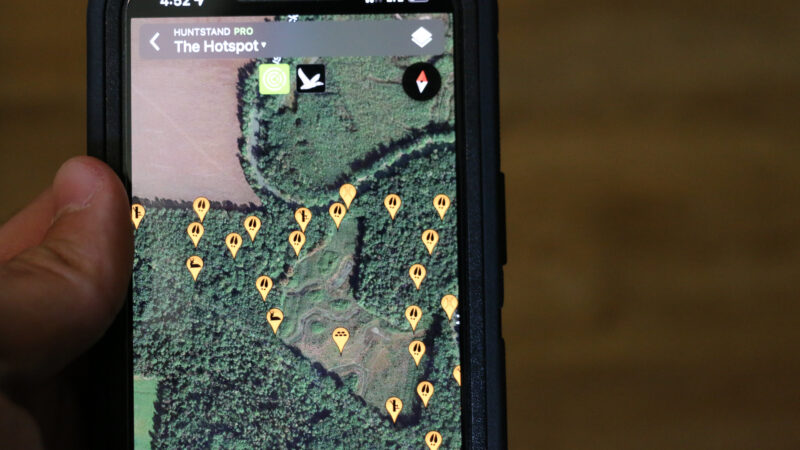
- Pinpointing Major Travel Routes
Deer spend a good bit of their time traveling from point A to B. Generally, they use good travel routes to shed hunt. Sometimes, major trails are visible within some of the aerial-based app layers. Furthermore, if you’ve charted the trail network on your property, you can pull up this visualization and follow each trail to find more sheds.
- Remembering the Key Crossings
Crossings are great spots to find sheds, and your hunt app is ideal for finding such areas. Creek, ditch, fence, and other types of crossings sometimes jar loose antlers and cause them to fall right there. Oxbows in creeks, rivers, and streams tend to have crossings, too. Regardless, a lot of crossings can be seen, or marked and remembered, in your hunt app.
- Marking Your Finds
Finally, don’t forget to drop a pin with notes for each shed antler you find. This will help you remember important things about general shed hunting in future years. It will also help remember notes about specific target bucks in the future.
All things considered, without question, hunting apps make you a better shed hunter. Use these this spring and beyond, and you’re sure to stack more white gold for your efforts.
Watch it! Check out the video below with Justin Zarr on how to find more shed antlers.

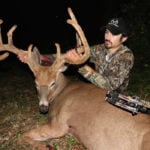 By
By 